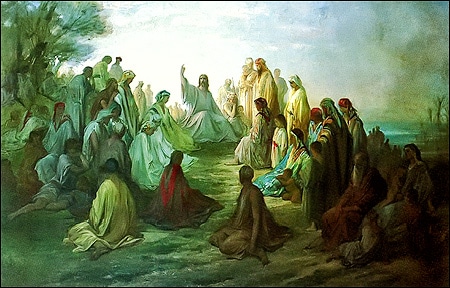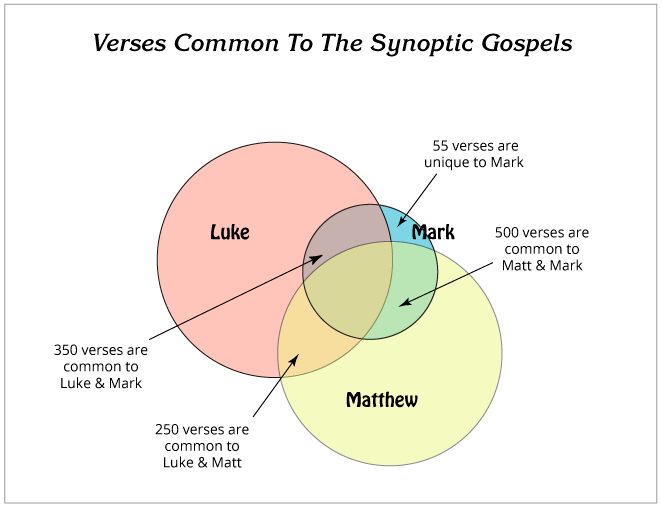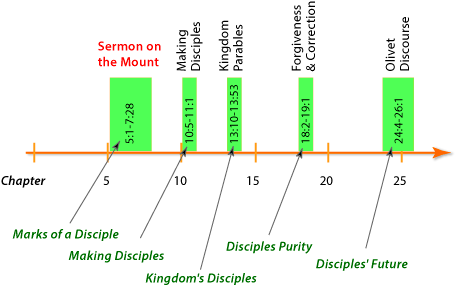The Sermon on the Mount (SOM) is the most quoted section of the Bible, next to the Ten Commandments. It contains the Golden Rule (Matthew 7:12), the Lord’s Prayer (Matthew 6:9-15) and one of the most misunderstood portions of scripture (Matthew 7:1-6). In the sermon, Jesus frankly comments about divorce and remarriage, his solution for anger and anxiety and the true characteristics of his followers, characteristics which are almost universally rejected today. Most people like the Sermon on the Mount because they do not really know what it says. This is Jesus’ first major message in the gospel of Matthew (Matthew 5:1-7:29). It is the first of a series of five sermons related to discipleship. This sermon is also recorded in the gospel of Luke (Luke 6:17-49). Between the two records, Matthew contains more of the sermon. Consequently, this series will concentrate on Matthew’s record of the Sermon on the Mount.

Background
The gospel of Matthew presents Jesus as the king of the kingdom of Heaven. It shows the Old Testament prophecies about the Messiah, the Christ, are fulfilled in Jesus. The first two chapters of Matthew reveal Jesus’ ancestors, his parents, his birth, and his return from Egypt to Nazareth (Matthew 2:22-23). Matthew skips Jesus’ childhood, which is recorded in Luke (Luke 2:41-52). Both Matthew and Luke tell us that Jesus started His ministry after His baptism by John the Baptist (Luke 3:21-23), and began preaching “Repent for the kingdom of heaven is at hand (Matthew 4:17).” Matthew summarizes the calling of Jesus’ disciples, the twelve apostles, and Jesus’ awesome healing ministry (Matthew 4:18-25).
Setting
In preparation for Jesus’ sermon the next day, He went up on a mountain apparently to get away from the crowds – to be by Himself – so that He could pray to the Father (Luke 6:12). Just imagine what would happen if more pastors and teachers spent the night – well – at least two hours praying before they preached or taught – just like Jesus . . .
In the morning, Jesus came down the mountain (Matthew 5:1; Luke 6:17) and He met a great crowd of His disciples and a great many people. The crowd tried to touch Him and many succeeded. Those who did touch Him were healed instantly because power was flowing from Him (Luke 6:19). Today, we could ask, why are you reading this? To be healed? To see Jesus? To hear Jesus? The crowds came too. They came to hear Jesus. Jesus desires seekers, those who truly long to know Him more and more.
Matthew and Luke both tell us that Jesus descended the mountain and stood on a plateau of the mountainside. Apparently, the people sat on the mountainside so they could look down on Jesus. They created an outdoor amphitheater and Jesus began to teach saying . . . .
Only in Matthew and Luke. The gospels of Matthew, Mark and Luke contain a lot of common material. These three gospels are called the Synoptic Gospels – three voices. The Holy Spirit did this to present different pictures of Jesus. The diagram below shows how much overlap there is between the gospels. The Sermon on the Mount, 111 verses, is part of the 250 common verses occurring in Matthew and Luke.

Our study of the SOM will include all the references found in Matthew 5:1-7:28 and Luke 6:17-49. We want to hear all of Jesus’ words and we want to see ourselves as we really are.
Jesus’ first sermon in the book of Matthew is the Sermon on the Mount. It is the first of five messages in Matthew related to discipleship that were preached by Jesus. The Sermon on the Mount is for those who claim to be Jesus’ disciples. We will see our true selves in the beatitudes and the living words that follow. This is going to be an exciting series as Jesus speaks to us.

The ending of each mini-sermon is easy to spot since they end with the words “Jesus had finished (Matthew 7:28; 11:1; 13:53; 19:1;26:1).” May we suggest that you read each message while noting the special emphasis of each section as indicated in the figure. May God bless you as seek to know Him more as you grow as His disciple.
The gospel of Matthew was written by a former tax collector (Matthew 9:9-10; 10:3) and apostle of Jesus Christ (acts 1:13). History claims that Matthew preached the gospel in Ethiopia and Arabia and it was there that he was martyred. The gospel of Matthew is a key legacy left for us to read. A summary of key facts about the gospel of Matthew is presented in the table.

We should thank the Lord for this man’s faithfulness. What a joy it is to have the recorded words of our Lord Jesus.